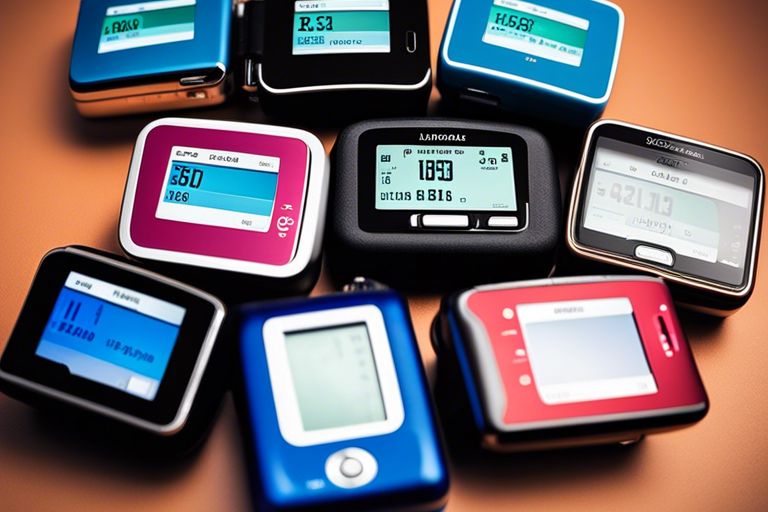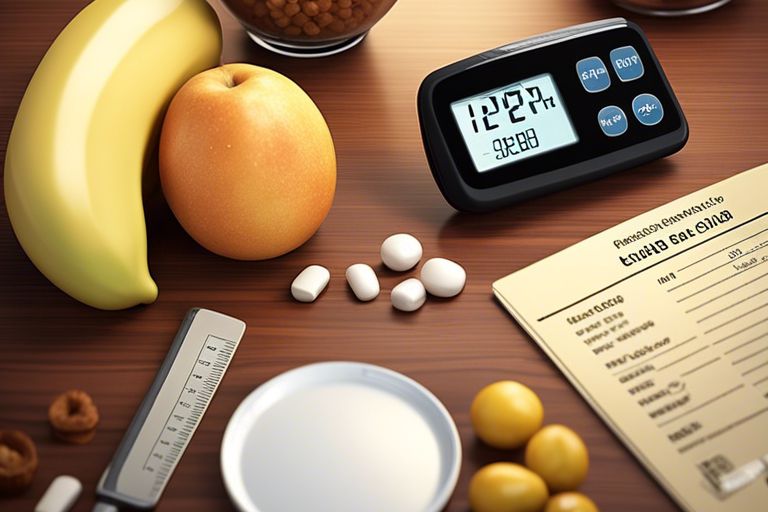Introduction
Diabetic Ketoacidosis (DKA) is a serious complication that can occur in individuals with Type 1 Diabetes. It is important for people with this condition, as well as their loved ones, to understand what DKA is, its symptoms, causes, and how to prevent it.
What is DKA?
DKA is a life-threatening condition that occurs when there is a severe shortage of insulin in the body. Insulin is responsible for regulating blood sugar levels, and without enough insulin, the body cannot effectively use glucose for energy. As a result, the body starts breaking down fat for energy, leading to the production of ketones.
When ketones accumulate in the blood, they make it more acidic, leading to a condition called acidosis. This imbalance in the body’s chemistry can have serious consequences if not treated promptly.
Symptoms of DKA
The symptoms of DKA can develop rapidly and may include:
- Excessive thirst
- Frequent urination
- Abdominal pain
- Nausea and vomiting
- Fruity breath odor
- Confusion or difficulty concentrating
- Rapid breathing
- Weakness or fatigue
If you or someone you know with Type 1 Diabetes experiences any of these symptoms, it is important to seek medical attention immediately.
Causes of DKA
DKA is most commonly caused by:
- Insufficient insulin dosage or missed insulin injections
- Illness or infection
- Stress or emotional trauma
- High blood sugar levels
- Dehydration
Preventing DKA
Preventing DKA involves careful management of Type 1 Diabetes. Here are some tips:
- Monitor blood sugar levels regularly
- Take insulin as prescribed
- Stay hydrated
- Manage stress levels
- Seek medical attention for any illness or infection
It is crucial to work closely with healthcare professionals to develop a comprehensive diabetes management plan that includes education on DKA prevention.
In Conclusion
DKA is a serious complication that can occur in individuals with Type 1 Diabetes. Understanding the symptoms, causes, and prevention strategies is essential for individuals with this condition. By actively managing diabetes and seeking prompt medical attention, the risk of DKA can be minimized.




